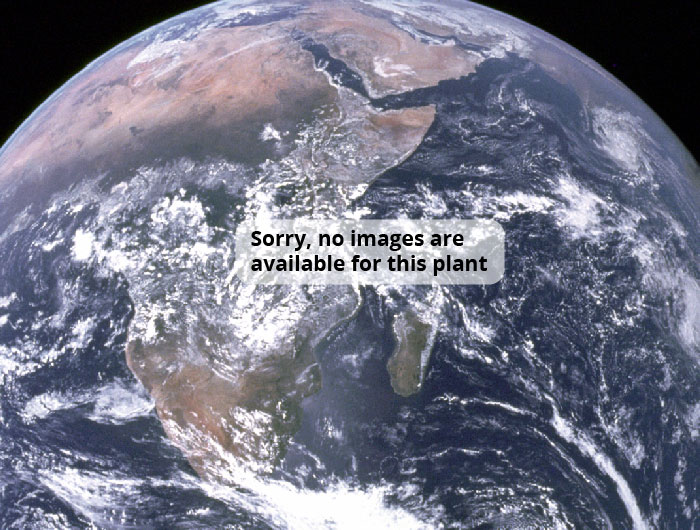Broadleaf Faramea
(Faramea latifolia)
Broadleaf Faramea (Faramea latifolia)
/
/

Image By:
Recorded By:
Copyright:
Copyright Notice:
Estimated Native Range
Climate Requirements for Bryan, Texas
| This Plant | Your Site | Plant Suitability for Your Location | ||
|---|---|---|---|---|
| • Precipitation | 56" - 83" | 40" | Aquatic | Aquatic |
| • High Temp. | 73°F - 90°F | 96°F | Your summers may be too hot for this plant. | Too hot |
| • Low Temp. | 47°F - 61°F | 39°F | Your winter temperatures may be too cold for this plant | Too cold |
This plant should grow well at your location with about N inches per year (Y minutes per month) of irrigation.
Summary
Faramea latifolia, commonly known as the broadleaf faramea, is an evergreen shrub native to the understory of tropical rainforests in Central and South America. It typically grows to a height of 3-6 feet (1-2 meters) with a similar spread. The broadleaf faramea has glossy, dark green leaves that are notable for their texture and year-round interest. It produces small, white, and inconspicuous flowers that are not particularly showy, but they are followed by blue-black berries that can add visual interest to the garden.
The broadleaf faramea is valued for its lush foliage and is often used in tropical and subtropical gardens as an understory plant or for naturalistic plantings. It thrives in part shade, requiring protection from direct sunlight, which can scorch its leaves. The plant prefers consistently moist, well-draining soil, rich in organic matter, to mimic its native rainforest floor conditions. While it is not drought-tolerant, it can be relatively low maintenance when its environmental needs are met. It is not commonly afflicted by serious pests or diseases, but it can be sensitive to root rot if overwatered or planted in poorly draining soils.CC BY-SA 4.0
The broadleaf faramea is valued for its lush foliage and is often used in tropical and subtropical gardens as an understory plant or for naturalistic plantings. It thrives in part shade, requiring protection from direct sunlight, which can scorch its leaves. The plant prefers consistently moist, well-draining soil, rich in organic matter, to mimic its native rainforest floor conditions. While it is not drought-tolerant, it can be relatively low maintenance when its environmental needs are met. It is not commonly afflicted by serious pests or diseases, but it can be sensitive to root rot if overwatered or planted in poorly draining soils.CC BY-SA 4.0
Plant Description
- Plant Type: Shrub
- Height: 4-6 feet
- Width: 3-5 feet
- Growth Rate:
- Flower Color: N/A
- Flowering Season: Non-Flowering
- Leaf Retention: Evergreen
Growth Requirements
- Sun: Part Shade
- Water: Medium
- Drainage: Medium
Common Uses
Low Maintenance, Potted Plant
Natural Habitat
Understory of tropical rainforests in Central and South America
Other Names
Common Names:
Scientific Names: Faramea latifolia, Faramea cestroides, Faramea marginata, Tetramerium latifolium
GBIF Accepted Name: Faramea latifolia